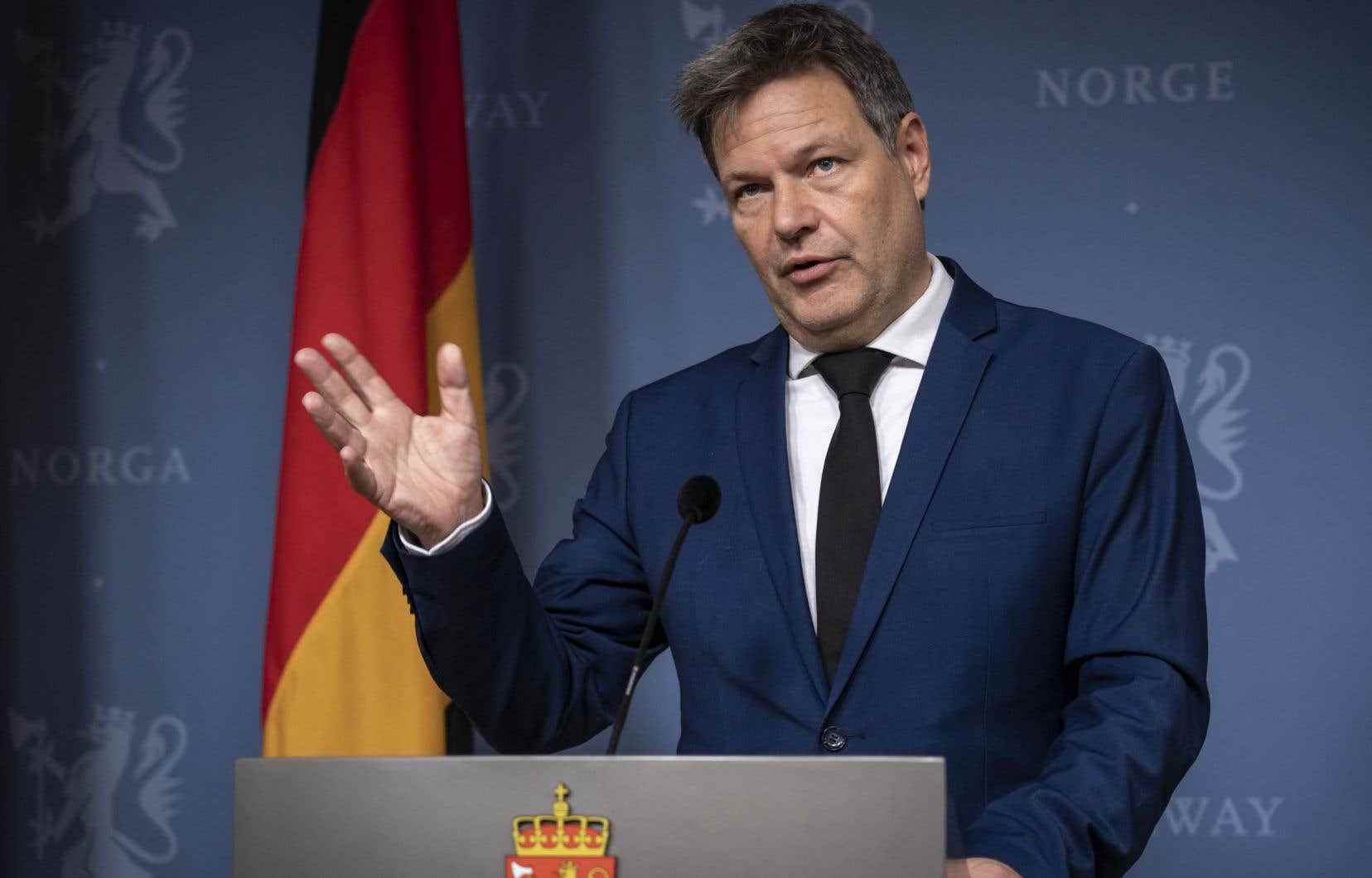The worst recession scenarios are receding for the German economy, which is weathering the winter and the energy crisis better than expected, but must transform to secure its future.
Growth in its gross domestic product (GDP) in 2022 exceeded expectations, reaching 1.9%, despite “the difficult context” of the war in Ukraine and soaring prices, national statistics institute Destatis said on Friday. .
Berlin was expecting growth of 1.4% in 2022 this fall, after 2.6% in 2021.
But the first economy in the euro zone is “still defying recession”, summed up Carsten Brzeski, analyst for ING.
Because GDP “stagnated” during the last three months of 2022, avoiding at this stage a passage into the red, according to a very preliminary estimate by Destatis.
Resisting consumption, public aid, energy savings in industry… Faced with the crisis, Germany is holding its ground, even if “the overall economic losses were still considerable since before the Russian offensive on the Ukraine, we were still expecting growth about twice as high,” commented Fritzi Köhler-Geib, economist at KfW bank.
Mild weather
“We managed to get this crisis under control […] The winter slowdown will be more moderate and shorter than expected,” said Economy Minister Robert Habeck.
The government still expects a 0.4% recession in 2023, but most institutes are less pessimistic.
The energy crisis, caused by the war in Ukraine, upset the German model, based in particular on the massive importation of inexpensive gas from Russia.
The war put an end to Russian deliveries, causing prices to soar in Europe for part of the year. Inflation soared, as production costs in industry, the engine of German growth, fueling fears of a major economic crisis for the country.
In this context, it was private consumption that took over, becoming “the main pillar” of growth last year, explains Destatis, with spending having almost returned to its pre-COVID-19 pandemic level.
Massive government aid to support purchasing power prevented private spending from collapsing when energy and food prices soared.
Industries, they, “have been creative” to save gas, underlines Jan-Christopher Scherer, expert of the economic institute DIW.
According to a study by the IFO institute, “three quarters” of industries using gas have reduced their consumption without limiting their production.
Energy prices have also fallen in recent months, thanks to a mild winter in Europe, and Berlin’s efforts to increase its supply of liquefied gas.
On the supply side, the gradual improvement in supply chain tensions in global markets has relieved the export industry.
“These positive effects partly offset the consequences of the war and high energy prices,” says Brzeski.
“Difficult next months”
But the crisis is not over. “The next few months will be difficult,” said Oliver Holtemöller, researcher at the IWH economic institute.
Even though the price of gas has plunged in recent months on the short-term markets, prices will remain structurally above their pre-crisis level for a long time.
Berlin has certainly launched a tariff shield of 200 billion euros (about 290 billion Canadian dollars), which will allow energy and gas prices to be blocked in 2023 and 2024. But it will not be able to compensate for everything, especially if prices rise sharply.
Especially since the public accounts have already posted a deficit of 101.5 billion euros (about 147 billion dollars) in 2022, at 2.6% of GDP, which should widen to 3.25% this year.
The automotive sector should experience a sales figure in 2023 still “lower by a quarter than that of 2019”, before the pandemic, according to the German Association of Automobile Manufacturers (VDA).
And some energy-intensive industries, such as chemicals, could even leave the country, experts warn. Over one year, in November, production in these sectors has already shrunk by 12.9% compared to a year 2021, however marked by the pandemic.
More and more voices are calling for the abandonment of these branches deemed uncompetitive, in favor of more technological and less energy-intensive industries.
